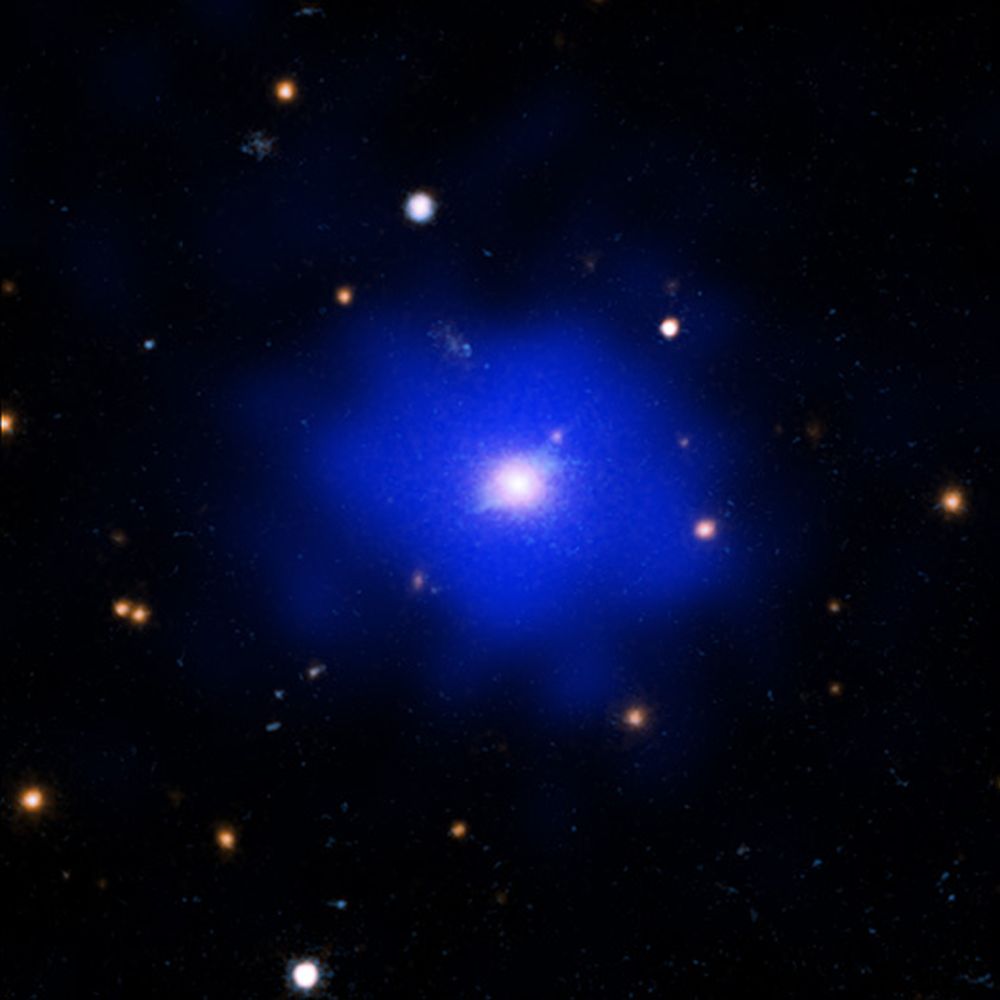First looks would tell most observers that supermassive black holes (SMBHs) and very young stars have nothing in common. But that’s not true. Astronomers have detected a supermassive black hole (SMBH) whose growth is regulated the same way a baby star’s is: by magnetic winds.
Continue reading “Growing Black Holes Have Much in Common With Baby Stars”Growing Black Holes Have Much in Common With Baby Stars




